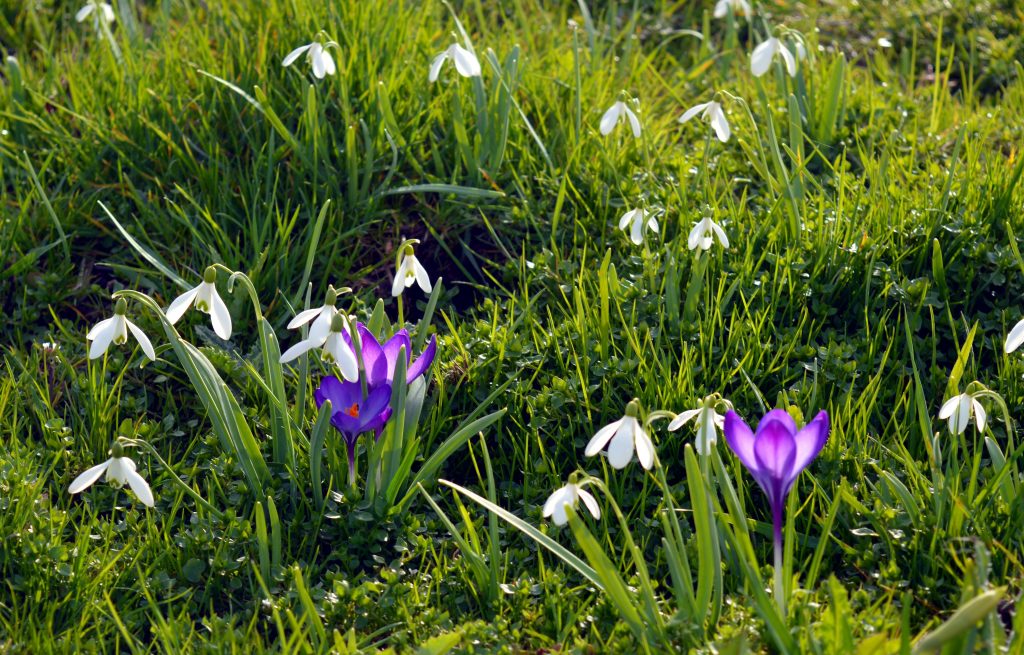
It’s springtime! The season that signals to every gardener that it’s time to get started is here. In my neck of the woods, it’s also the ugliest time of year. I become tempted to start my spring garden clean-up right away, but I know that soon the buds from my maple trees will fall and make a new mess. I might as well wait and avoid having to contend with mud and grime. It’s also important to wait a bit so you can prevent harm to hibernating beneficial insects hiding in garden debris.
Planning a Spring Garden Clean-Up
Here’s how to plan your spring garden clean-up.
- Wait until it’s warmer. The temperature should consistently fall in the 50 degrees Fahrenheit range before you start your big spring clean-up. Tackling spring tasks too early may disrupt overwintering insects and other critters—some of them helpful garden creatures.
- Grab the rake. Clean up any leftover leaves from the fall. But don’t toss them all away. Put them in your compost! Remember never to rake when the ground is wet. It’s bad for your grass, and it makes the job tougher.
- Prune dead branches. Spring is a great time to prune many trees and plants. Not all plants have the same pruning requirements, though. I recommend keeping a notebook handy for all regular garden tasks, so you know exactly what needs to be done—whether it’s planting out kale or pruning perennials.
- Remove dead plants from garden beds. Toss them in the trash and not the compost—just in case. I also like to start beds fresh by adding a top layer of compost. It adds nutrients and provides a clean slate.
- Purge. Throw away anything that’s broken, rusting, or looks worse for wear. This seems like a no-brainer, but trust me, it doesn’t take much for a person to hoard garden accessories and tools. Keeping dirty, rusty implements won’t save you money. You might even lose cash in the long run by using contaminated tools.
What to Start in April
Can you believe it’s already the end of March!? Time flies!
I’m pretty relaxed these days when it comes to planning my planting schedules. I used to work hard to start things way in advance, but the weather is way too unpredictable, and, in the end, it doesn’t save me labor down the road.
West Coast Seeds has great, region-specific planting charts to help you get started with your gardening season this month. In my area, April is usually around the time when the soil warms, and it’s no longer frozen. However, it’s still cold, and there’s a high chance of frost, so I focus on planting hardy greens and other cool-season crops.
Like I mentioned previously, this year, I’m keeping this super simple. I haven’t done any seed starting, and I’ll be focusing on planting flowers and crops that are easy to grow by direct seeding. As for more demanding plants? I’ll probably plant a pepper and tomato plant, but that’s about it. I’ve had so much trouble with squash bugs that I’m likely going to skip squash altogether this year. Hopefully, skipping a year will deter pests from returning in 2022. What do you hope to grow this year?

Steph Coelho is a freelance writer gardening in zone 5b. She is a certified Square Foot Gardener and has taught various garden-related workshops. When she’s not digging in the dirt or writing, she’s cooking up fresh produce, running, or listening to her favorite podcasts.
Leave a Reply